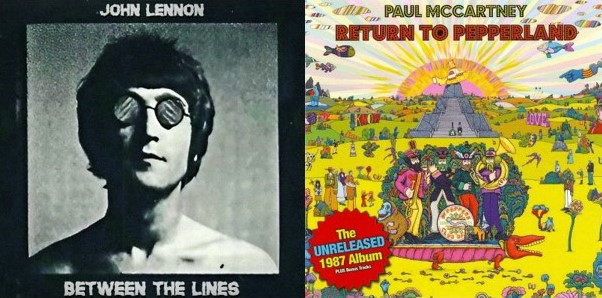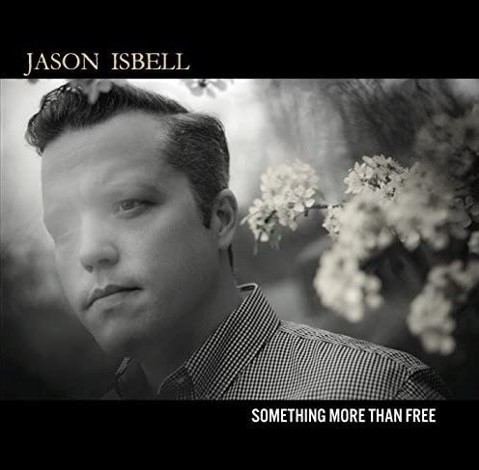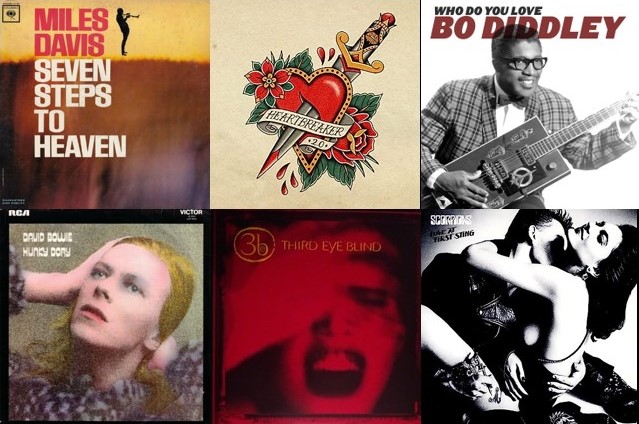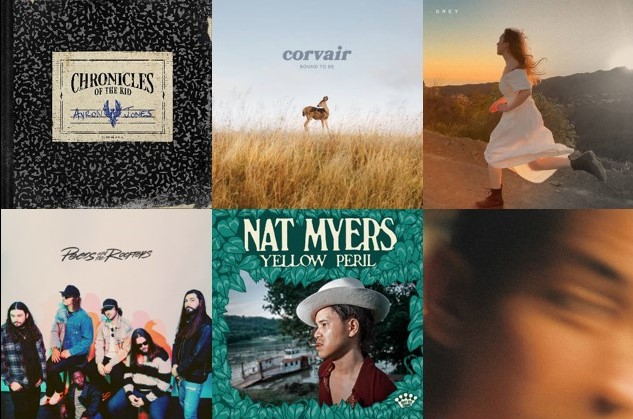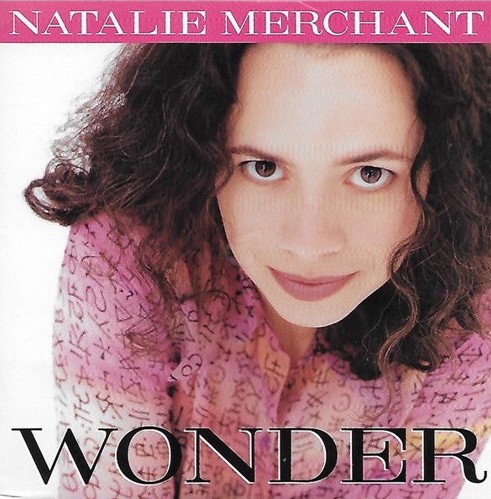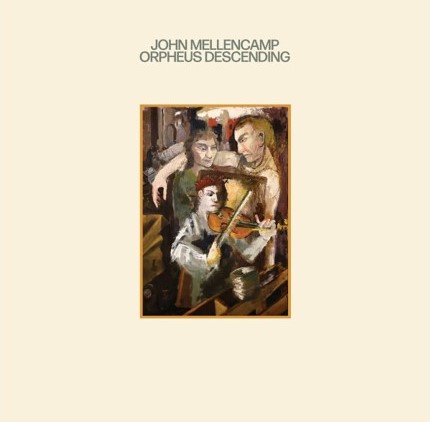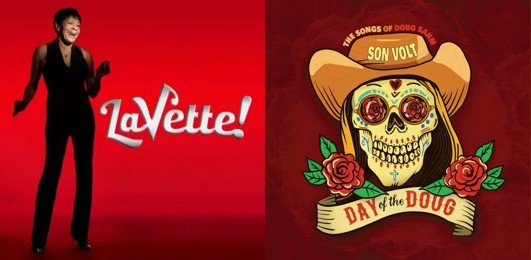This is the second installment of a two-part mini-series about albums John Lennon and Paul McCartney planned and apparently moved along to an advanced stage before they pulled the plug. Part one, which I published here on Tuesday, looked at Lennon’s lost 1976 album Between the Lines. This post is about Return to Pepperland, which Paul McCartney envisaged as a follow-on to Press to Play, his sixth studio album from August 1986. Like in the case of Between the Lines, this post is mainly informed by The Beatles Bible.
Return to Pepperland ambitiously was supposed to become a new Sgt. Pepper’s Lonely Hearts Club Band, timed to the 20th anniversary year of the Beatles album. The Beatles Bible notes the effort coincided with a slump in Paul’s career and his attempt to “capitalize on Beatles nostalgia”, following the soundtrack Give My Regards to Broad Street and the aforementioned Press to Play, which both had been dismissed by critics.
The recording sessions for the project began in June 1987 at Macca’s recording studio in Hogg Hill Mill, England. He had asked Phil Ramone to produce it. Some of the songs had already been recorded previously during the sessions for Paul’s single Once Upon a Long Ago, which would appear in November 1987. Other tracks came from his archives, home demos and outtakes recorded just prior to the release of Give My Regards to Broad Street, as well as the Press to Play sessions.
Plans included a duet with Queen’s Freddie Mercury on Once Upon a Long Ago, but scheduling conflicts on Mercury’s end prevented a collaboration. McCartney played all instruments on Return to Pepperland and sang all lead vocals, except for a tune called Beautiful Night, which featured Ringo Starr on drums. Paul’s wife Linda McCartney provided keyboards and backing vocals.
Once Upon a Long Ago, backed by a song titled Back On My Feet, was supposed to become the album’s lead single at the end of summer. July saw the addition of overdubs at Abbey Roads Studios, with none other than George Martin producing. Then, Paul got second thoughts.
He felt some of the tracks on Pepperland could be improved with a remix, while others needed to be recorded again. However, the release of a new album was already signed and Paul ran out of time. To meet his obligation, Return to Pepperland was changed to a compilation, All the Best, which included the single Once Upon a Long Ago.
But Macca wasn’t ready to give up on Pepperland (yet) and continued to work on the album. The next iteration included the songs Rough Ride and Figure of Eight. But he still wasn’t happy, and in April 1988, he pulled the plug on the project. Instead, Paul decided to work on what would become the Flowers in the Dirt album. Many of the songs that had been intended for Return to Pepperland ended up as single B-sides or on future albums.
In case you’d like to watch The Beatles Bible’s background clip on Pepperland, you can do so here. Following is how The Beatles Bible pictured the album. Interestingly, the songs and their order are different from the track lists they show in their background video. I don’t know how they came up with this particular version. Like they did with John Lennon’s lost album, it’s one long clip organized in chapters, which allows you to easily jump from track to track.
Here’s the tracklist with time stamps:
0:00 Return to Pepperland
04:52 Yvonne’s The One
09:13 Lindiana
14:57 P.S. Love Me Do
18:40 Love Mix
21:43 Suicide
25:30 I Love This House
29:13 Atlantic Ocean
36:04 Loveliest Thing
39:58 Your School
Similar to the previous installment, I’ll leave you with clips of some of the individual songs from the album I also found on YouTube. Let’s kick it off with the title track, which most closely resembles Sgt. Pepper. Unlike the Beatles Bible’s long clip, the following leaves out the crowd noise in the very beginning, which sounds identical to the way Sgt. Pepper starts.
Lindiana.
Suicide
Loveliest Thing
Your School
While for some reason it’s not included on The Beatles Bible’s version of Pepperland, here’s Beautiful Night featuring Ringo on drums. An updated version of the track was included on Paul’s 10th studio album Flaming Pie, released in May 1997.
The Beatles Bible concludes it was probably for the better that Macca didn’t release Return to Pepperland. I agree. While I like the title track and also think most of the other songs are okay, I think the critics would have had another field day.
To start with, Sgt. Pepper’s Lonely Hearts Club Band, my favorite Beatles album, was an impossible benchmark. I also have to be honest here, some of the tracks on Pepperland just weren’t good. P.S. Love Me Do, a mesh of P.S. I Love You and Love Me Do, is outright bizarre. Last but not least, one can easily picture Paul being criticized for attempting to profit from Pepper’s 20th anniversary.
Flowers in the Dirt, on the other hand, is a pretty decent solo effort by Paul – in fact, I would argue it’s one of his best. Among others, it includes Rough Ride and Figure of Eight, two decent tracks he had considered for Pepperland. And, of course, there’s also the Beatle-esque My Brave Face, one of my favorite tunes from Paul’s solo career. The album did the trick to revive Paul’s career, both in terms of chart and sales performance. So it all worked out well in the end!
Sources: Wikipedia; The Beatles Bible, YouTube
